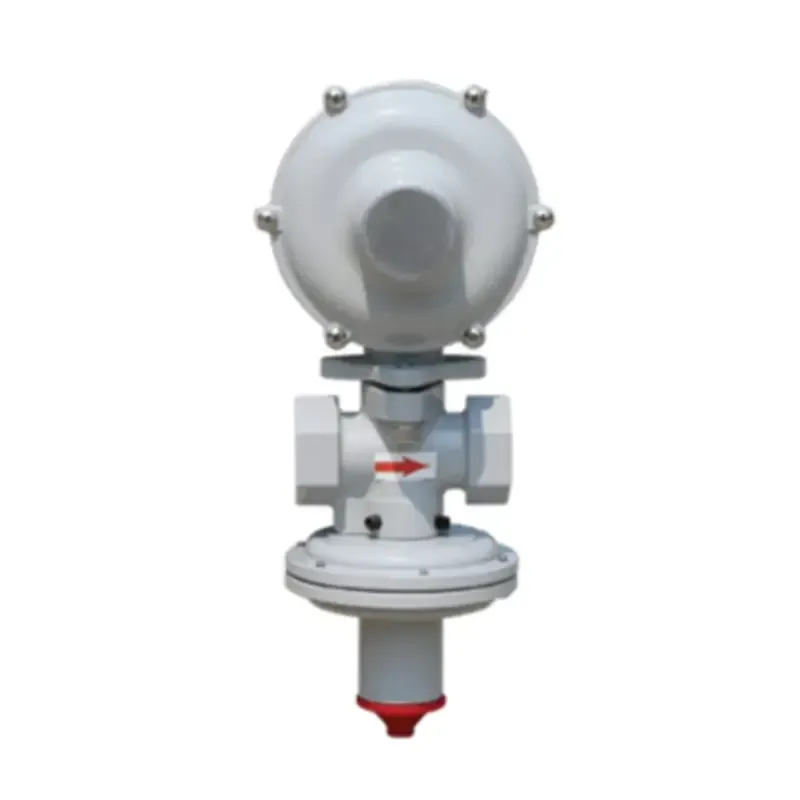
Dec . 04, 2024 09:34
Back to list
pressure regulating device
Understanding Pressure Regulating Devices Mechanisms and Applications
Pressure regulating devices play a crucial role in various industrial and consumer applications, ensuring that systems operate safely and efficiently under controlled pressure conditions. These devices are essential in managing the pressures of gases and liquids, protecting equipment, and ensuring optimal operation.
What is a Pressure Regulating Device?
A pressure regulating device is a mechanical device designed to maintain a set pressure level within a system. Its primary function is to reduce the pressure of a fluid (gas or liquid) from a higher level to a lower, more usable level. This reduction is critical in numerous applications where excess pressure could potentially lead to system failures, safety hazards, or inefficient operations.
Types of Pressure Regulating Devices
There are various types of pressure regulators, each designed for specific applications
1. Single-stage Regulators These devices reduce high incoming pressure directly to the desired outlet pressure in one step. They are simple, cost-effective, and suitable for applications where precise pressure control isn’t critical.
2. Two-stage Regulators These provide an additional level of pressure reduction, making them more suitable for applications that require a stable and accurate outlet pressure, even when the inlet pressure fluctuates.
3. Electronic Pressure Regulators Combining traditional mechanical principles with electronic controls, these devices offer precise pressure management through sensors and digital controls, ideal for advanced applications in laboratories and high-tech industries.
4. Back Pressure Regulators Employed mainly in fluid systems, these devices maintain a specific upstream pressure by allowing excess fluid to flow back to the source, thus maintaining the desired pressure downstream.
Working Mechanism
pressure regulating device

The operation of a pressure regulating device generally involves a diaphragm and a pressure sensing mechanism. When fluid enters the regulator, it exerts pressure on the diaphragm. As the pressure reaches a certain threshold, the diaphragm movement triggers a valve that opens or closes to adjust the flow of fluid, thereby maintaining the desired output pressure.
The regulation process can vary based on the design, but the fundamental principle remains the same balancing the pressure by adjusting the flow in response to changes in both upstream and downstream conditions.
Applications
Pressure regulating devices have a wide array of applications across multiple industries
- Gas Supply Systems In industrial and medical applications, regulators ensure that gases such as oxygen, nitrogen, and other critical gases are delivered at safe and usable pressures.
- Water Systems Pressure regulators are vital in municipal water systems, controlling feed pressures to prevent system overload and ensuring consistent water supply to consumers.
- Manufacturing In manufacturing plants, maintaining pneumatic and hydraulic pressures is essential for the operation of machinery and tools, thus making regulators indispensable for productivity and safety.
- HVAC Systems In heating, ventilation, and air conditioning systems, pressure regulators ensure that refrigerants and air are delivered at the appropriate pressures for optimal efficiency.
Importance of Pressure Regulation
The importance of pressure regulating devices cannot be overstated. They contribute to the safety of operations, prevent equipment damage, and enhance efficiency. Without proper pressure regulation, systems could experience catastrophic failures, leading to safety risks and financial losses.
In conclusion, pressure regulating devices serve as critical components in an array of applications, from residential to industrial settings. By understanding their operations, types, and significance, industries can optimize their processes, enhance safety measures, and improve overall productivity. As technology continues to advance, the evolution of pressure regulation will likely lead to even more sophisticated solutions for managing pressure in various systems.
Next:
Latest news
-
Safety Valve Spring-Loaded Design Overpressure ProtectionNewsJul.25,2025
-
Precision Voltage Regulator AC5 Accuracy Grade PerformanceNewsJul.25,2025
-
Natural Gas Pressure Regulating Skid Industrial Pipeline ApplicationsNewsJul.25,2025
-
Natural Gas Filter Stainless Steel Mesh Element DesignNewsJul.25,2025
-
Gas Pressure Regulator Valve Direct-Acting Spring-Loaded DesignNewsJul.25,2025
-
Decompression Equipment Multi-Stage Heat Exchange System DesignNewsJul.25,2025

